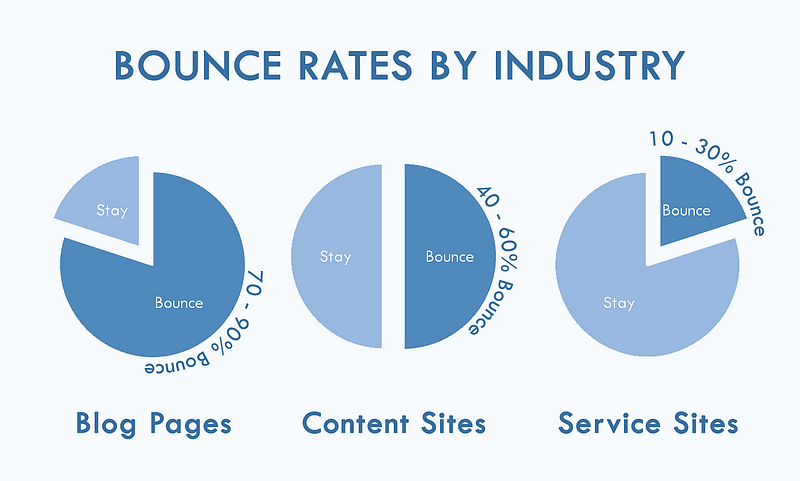Ensuring a seamless user experience across all devices is essential for any modern website. Users...
Reducing Bounce Rates with a User-Friendly UI

Bounce rate is a critical metric in web and app analytics, representing the percentage of visitors who leave a site after viewing only one page. A high bounce rate can indicate issues with the user experience or relevance of content. One of the most effective ways to reduce bounce rates is by creating a user-friendly UI (User Interface).
The Importance of User-Friendly UI A user-friendly UI is essential for engaging visitors and encouraging them to explore more of your website or app. It includes clear navigation, intuitive design, and easy-to-understand content. When users find what they need quickly and effortlessly, they are more likely to stay longer, reducing the bounce rate.
Key Elements of a User-Friendly UI
- Simplified Navigation: Easy-to-find menus and well-organized content help users navigate through your site without frustration.
- Responsive Design: A responsive design ensures your site looks good and functions well on all devices, from desktops to smartphones.
- Clear Call-to-Actions (CTAs): CTAs guide users toward desired actions, like signing up or purchasing, by being prominently displayed and easy to understand.
- Fast Loading Times: Slow loading times can frustrate users and lead them to leave. Optimize images and scripts to ensure quick page loads.
- Consistent Branding: Consistent branding throughout the UI helps build trust and familiarity, encouraging users to stay engaged.
Implementing Improvements To start improving your UI, analyze user behavior using tools like heatmaps and session recordings. These insights can help identify problem areas where users drop off. Additionally, A/B testing different UI elements can help determine what works best for your audience.
Conclusion Reducing bounce rates is not just about keeping users on your site longer; it’s about creating a positive experience that meets their needs. By focusing on a user-friendly UI, you can make your digital platform more engaging and effective, ultimately leading to higher user satisfaction and conversions.


